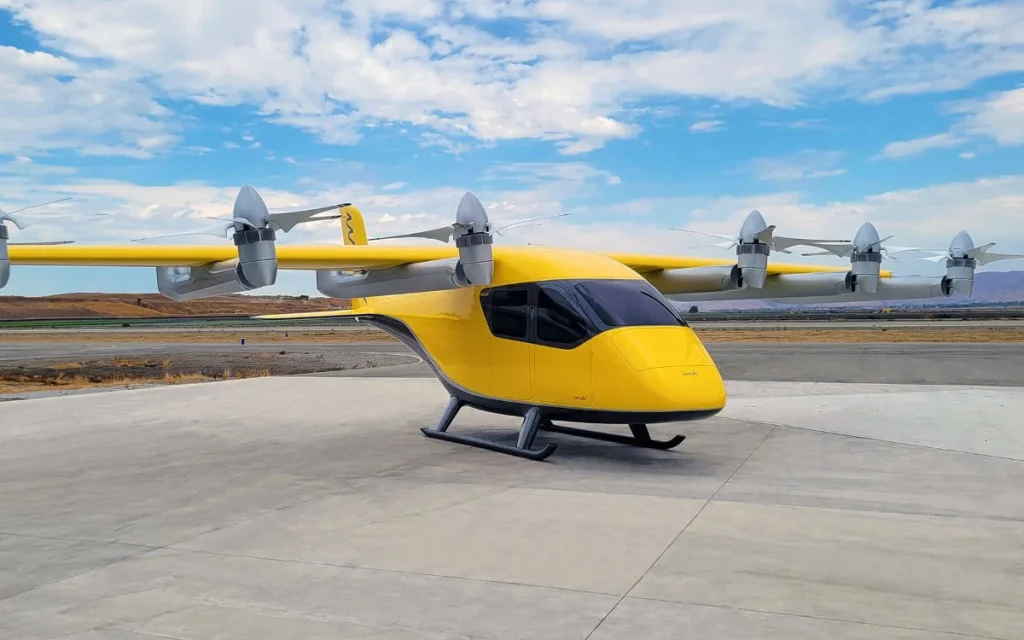Boeing-owned company unveils its air taxi that can fly without a pilot
Published on Nov 24, 2025 at 8:35 PM (UTC+4)
by Alessandro Renesis
Last updated on Nov 25, 2025 at 12:44 PM (UTC+4)
Edited by
Mason Jones
Wisk Aero, an eVTOL company owned by Boeing, is working on an autonomous air taxi that can fly without a pilot.
If everything goes to plan, these aircraft should be operational by 2030.
And to be fair Boeing has been making decent progress.
But there’s one extra issue that Wisk must address.
DISCOVER SBX CARS: The global premium car auction platform powered by Supercar Blondie
Just like a ‘regular’ air taxi, but it flies itself
The flying car market is getting bigger, and Boeing wants in on the action.
This is why, a few years ago, Boeing acquired Wisk, an autonomous eVTOL startup that, unlike every other equivalent company, relies on autonomy rather than a human pilot.
Legally, an eVTOL is a plane, because it needs to adhere to the same rules as any other aircraft, and it has to be deemed airworthy by the FCAA or equivalent authorities.
And here’s an extra requirement.
Wisk’s eVTOL must be able to fly, but it also must be able to do so on its own.

We’ve seen a wide variety of similar vehicles in recent months, from eVTOLs to flying cars that look ‘normal’ until they literally spread their wings and fly away.
As for Wisk, it looks like an ordinary air taxi.
But there’s nothing ‘ordinary’ about it.
The main obstacle for Wisk (and Boeing)
Uri Tzarnotzky, Head of Product Design at Wisk, explained that being able to correctly map the environment is crucial.
“Part of trusting an autonomous aircraft is believing, knowing, that it knows where it’s going,” he said.
This is particular important in the cities where similar projects debut in ‘Beta’ modes, such as Los Angeles or San Francisco.
“If you’re flying in a dense urban area with skyscrapers, or if you’re flying [over] LA and you’re surrounded by terrain, knowing that the aircraft knows those things are there is huge. It’s like your Tesla or your Waymo showing you that there’s other cars or pedestrians.”

This is the key takeaway here, and maybe that’s part of the reason why so many companies that specialize in self-driving vehicles choose these cities for their projects.
When it comes to autonomy, California’s bureaucratic process is pretty slim, which is why so many of these projects get greenlighted quite quickly.
But maybe this is also a message that these companies want to send.
As in, if we can safely navigate the busy streets (or skies) of Los Angeles, then we can do it anywhere.




